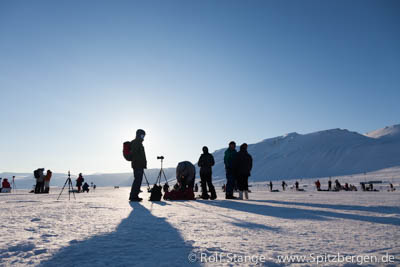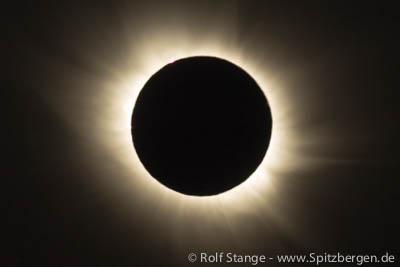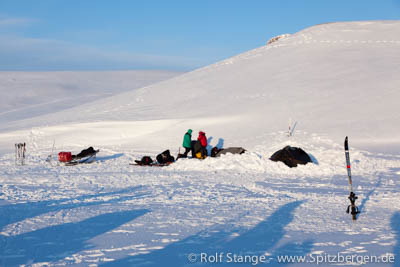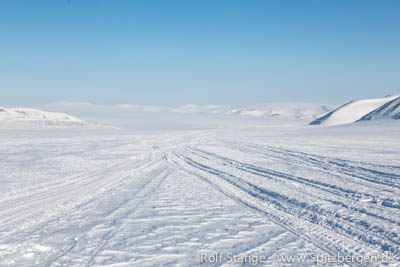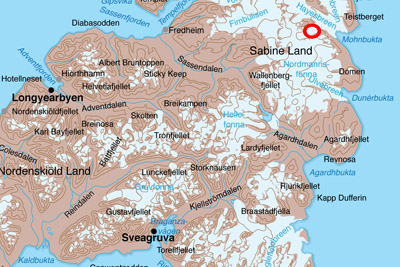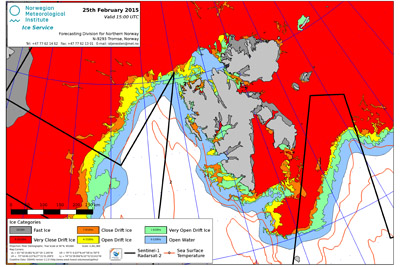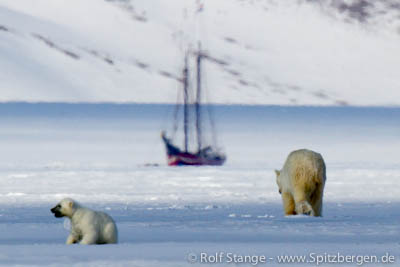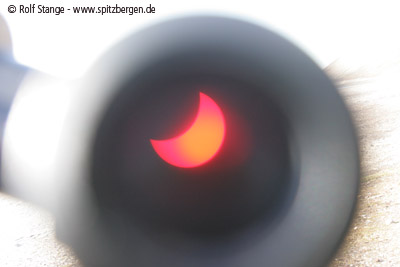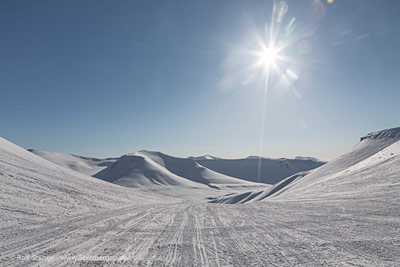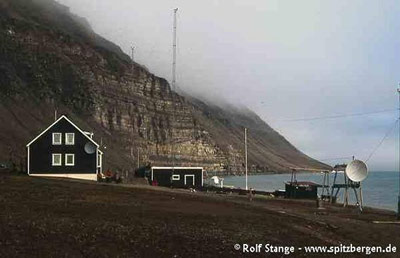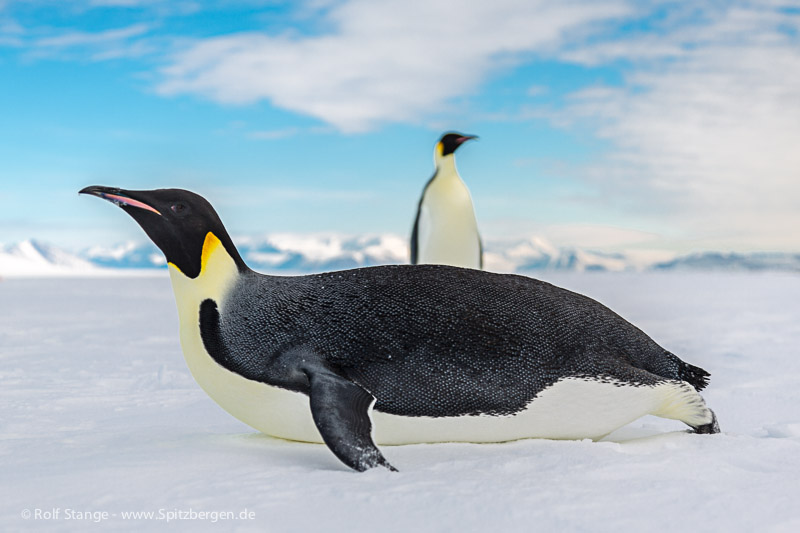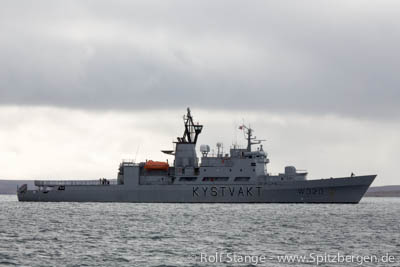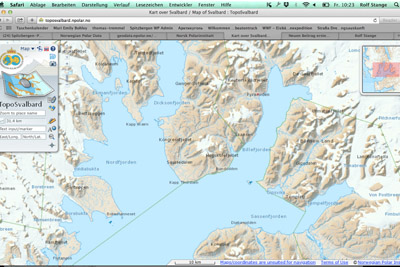-
current
recommendations- Liefdefjord
New page dedicated to one of Spitsbergen's most beautiful fjords. Background information and many photos.
- New Spitsbergen guidebook
The new edition of my Spitsbergen guidebook is out and available now!
- Liefdefjord
New page dedicated to one of Spitsbergen's most beautiful fjords. Background information and many photos.
Page Structure
-
Spitsbergen-News
- Select Month
- May 2025
- April 2025
- March 2025
- February 2025
- January 2025
- December 2024
- November 2024
- October 2024
- September 2024
- August 2024
- July 2024
- June 2024
- May 2024
- April 2024
- March 2024
- February 2024
- January 2024
- December 2023
- November 2023
- October 2023
- September 2023
- August 2023
- July 2023
- June 2023
- May 2023
- April 2023
- March 2023
- February 2023
- January 2023
- December 2022
- November 2022
- October 2022
- September 2022
- August 2022
- July 2022
- June 2022
- May 2022
- April 2022
- March 2022
- February 2022
- January 2022
- December 2021
- November 2021
- October 2021
- September 2021
- August 2021
- July 2021
- June 2021
- May 2021
- April 2021
- March 2021
- February 2021
- January 2021
- December 2020
- November 2020
- October 2020
- September 2020
- August 2020
- July 2020
- June 2020
- May 2020
- April 2020
- March 2020
- February 2020
- January 2020
- December 2019
- November 2019
- October 2019
- September 2019
- August 2019
- July 2019
- June 2019
- May 2019
- April 2019
- March 2019
- February 2019
- January 2019
- December 2018
- November 2018
- October 2018
- September 2018
- August 2018
- July 2018
- June 2018
- May 2018
- April 2018
- March 2018
- February 2018
- January 2018
- December 2017
- November 2017
- October 2017
- September 2017
- August 2017
- July 2017
- June 2017
- May 2017
- April 2017
- March 2017
- February 2017
- January 2017
- December 2016
- November 2016
- October 2016
- September 2016
- August 2016
- July 2016
- June 2016
- May 2016
- April 2016
- March 2016
- February 2016
- January 2016
- December 2015
- November 2015
- October 2015
- September 2015
- August 2015
- July 2015
- June 2015
- May 2015
- April 2015
- March 2015
- February 2015
- January 2015
- December 2014
- November 2014
- October 2014
- September 2014
- August 2014
- July 2014
- June 2014
- May 2014
- April 2014
- March 2014
- February 2014
- January 2014
- December 2013
- November 2013
- October 2013
- September 2013
- August 2013
- July 2013
- June 2013
- May 2013
- April 2013
- March 2013
- February 2013
- January 2013
- December 2012
- November 2012
- October 2012
- September 2012
- August 2012
- July 2012
- June 2012
- May 2012
- April 2012
- March 2012
- February 2012
- January 2012
- December 2011
- November 2011
- October 2011
- September 2011
- August 2011
- May 2011
- April 2011
- March 2011
- February 2011
- January 2011
- December 2010
- November 2010
- September 2010
- August 2010
- July 2010
- June 2010
- May 2010
- April 2010
- March 2010
- February 2010
- November 2009
- October 2009
- August 2009
- July 2009
- June 2009
- May 2009
- April 2009
- March 2009
- February 2009
- January 2009
- December 2008
- November 2008
- October 2008
- August 2008
- July 2008
- June 2008
- May 2008
- April 2008
- March 2008
- February 2008
- April 2000
- Select Month
-
weather information
-
Newsletter

| Guidebook: Spitsbergen-Svalbard |
Home →
Yearly Archives: 2015 − News
Solar eclipse in Spitsbergen: total darkness – total success
The weather Gods were on our side today here in Spitsbergen during the solar eclipse: some thin clouds cleared up during the morning to give an undisturbed view of a brilliantly clear sky. Thousands of visitors and locals went to Adventdalen near Longyearbyen to observe the spectacle, and the tension was rising when the totality approached at 11.12 a.m. local time.
Solar eclipses have been described many times and are, at the same time, indescribable, so I won’t try. I thought that those who said a total solar eclipse was still something completely different than a partial one were exaggerating, but it is completely true, and we are very glad to have seen it. Total darkness and total cold in the fingertips, but it was absolutely worth it. The moment the corona was blossoming … but I didn’t want to describe it. So: photos! Of course I took some photos, something that wasn’t that easy … can we please do it again? 😉
Visitors getting ready for the solar eclipse in Spitsbergen.
The solar eclipse in Adventdalen near Longyearbyen, 20th March 2015: partial phase.
The solar eclipse in Adventdalen near Longyearbyen, 20th March 2015: totality.
The solar eclipse in Adventdalen near Longyearbyen, 20th March 2015: the end of the totality.
Polar bear shot near Fredheim in Tempelfjord
Today (Thursday, 19th March) early morning around 6 a.m., a polar bear was shot near Fredheim in Tempelfjord after an attack on a camp. A Czech group was camping, the tents were secured with a polar bear alarm fence of the usual system (Norwegian military system with nylon string). The polar bear, said to be a small, presumably young animal, probably crept under the alarm string into the camp without triggering any alarm.
The bear then dragged one man out of a tent, injuring him in his face and arm. Another man shot three times with a rifle at the bear, injuring him, but not killing him. The polar bear then dropped the man and ran away.
Soon, the Sysselmannen (police) was there, found the bear and shot him (or her).
The injured man was brought to hospital. It can be assumed that his injuries are only minor, as the group assumes he can be back with them on Sunday to continue the trip.
The camp is only a few hundred metres from the shore and ice edge. Polar bears are regularly seen in Tempelfjord in spring, most recently just a few days ago. Close to the camp that has been attacked, there are two more, larger camps.
This author happened to be in the same area just a few hours later, initially without knowing about the incident, and talked to the Czech group at their camp.
The camp which was attacked by a polar bear which was later shot near Fredheim in Tempelfjord.
Solar eclipse is coming closer in Spitsbergen
The solar eclipse that will cast darkness over northern Europe for some minutes on Friday is getting closer and excitements are rising. Since the first foggy views of Friday the 20th emerged in the crystal balls of the the first brave long term weather forecasters, speculation about the all-importnat weather is growing and growing. Conclusion: it may or may not work. And of course the 20th of March is analyzed in hindsight, putting statistics covering more than 10 years together. Conclusion: it may or may not work.
Longyearbyen has prepared a lot: lectures explaining the phenomenon are scheduled to prepare the public for the astronomic event, eclipse eye protection is in stock, a brochure has been produced, cultural events organized to keep people busy anyway and a T-Shirt with a printed something resembles a burnt fried egg and the words “Eclipse Svalbard 2015” is available in the shops. In Adventdalen, a short walk from town, a camp is prepared in a location where the sun will be above the mountains on Friday, so guests have a place to warm up a little bit and the opportunity to get some food.
From today (Wednesday), Longyearbyen airport will receive charter and private flights every day, bringing several thousand visitors here until Friday morning, so Longyearbyen will have its first real mass tourist event now, and very likely the last one for a long time (until it applies for the Olympic games or the football world championship, but that is currently not on the agenda). All available hotels are said to have been fully booked since 2007, and many locals have rented their flats out for prices that correspond to the astronomic nature of the event.
Now everybody is curious about the weather on Friday, clouds or clear skies, that will be the all-important factor. Many are secretly hoping for a solar eclipse with northern lights, which is actually possible … and whatever happens, there will be photos of the event on this website.
Solar eclipse with northern lights. A fantasy of the author, made visible with some computer help.
South Georgia: rats, birds and “The Mists of Time”
Die Nebel der Zeit, our German translation of James McQuilken’s book “The Mists of Time”, has helped to clear 2 hectares of South Georgia of rats in 2014 🙂 for more information about the ongoing Habitat Restoration Project of the South Georgia Heritage Trust, click here (antarctic.eu news).
In 2014, the book Die Nebel der Zeit helped to finance the South Georgia Habitat Restoration Project on 2 hectares of South Georgia.

Happy end to long SAR operation
A large SAR (search and rescue) operation was started in the early afternoon of Wednesday, March 12, when 3 men had not returned back to Longyearbyen from their trip to the east coast of Spitsbergen. The private group, all locals from Longyearbyen in their 30ies, left for the east coast with snow mobiles on Monday and should have returned Tuesday evening or later that night. As they did not return to their jobs on Wednesday, their boss alarmed the authorities (Sysselmannen).
Sysselmannen and Red Cross started a SAR operation with 2 helicopters, which lasted the whole afternoon on Wednesday, without any result for many hours. Next to several huts on the east coast which can be used by locals, an immensely large area had to be checked. The group had not informed anyone in Longyearbyen about the exact details of their plans, nor did they have a satellite beacon or satellite telephone which would, very likely, have made the SAR operation much shorter and easier.
In spite of darkness, the emergency forces kept going in the evening and found the 3 men shortly after 11 p.m. on Königsbergbreen. They had given an emergency signal, probably using a torch, and could be transported back to Longyearbyen with some undercooling, but generally in good condition. They were taken to the hospital for medical examination.
Königsbergbreen is a large glacier near the east coast of Spitsbergen, north of Mohnbukta, and part of a frequently travelled route.
The cause for the delay is not yet known in public. Technical difficulties with snow mobiles are certainly possible, including getting stuck in deep, soft snow after periods of snowfall.
In this area, tourists are obliged to inform authorities about their plans well in advance, they have to have insurance for SAR operations and a satellite emergency beacon. Locals do not have this legal obligation.
Königsbergbreen in fine weather.
The position of Königsbergbreen near Mohnbukta on the east coast of Spitsbergen. © base map: Norwegian Polar Institute, cartography by Rolf Stange.
Source: Sysselmannen, Svalbardposten.
Night flight across Longyearbyen
A virtual Spitsbergen experience of a special kind can be enjoyed in a video recently published by Heinrich Eggenfellner:
You are currently viewing a placeholder content from YouTube. To access the actual content, click the button below. Please note that doing so will share data with third-party providers.
More InformationNight flight across Longyearbyen
Equipped with a camera he sends his remote-controlled quadrocopter on a midnight flight across the icy center of Longyearbyen. The journey starts in upper Longyeardalen at the connecting road between Nybyen and Huset and takes us across the town, to the coast of Adventfjorden. On the other side of the fjord the full moon is standing above the mountains of Hiortfjellet. In front of the university building of UNIS the aerial drone stops and turns to the left, catching the view to the airport and to Isfjorden. Then it returns to its starting point on the same route. On our way back we can see a group of snowmobiles coming down the Longyearbreen glacier.
Very impressive images!
The ‘cameraman’ Heinrich Eggenfellner lives in Longyearbyen and some of the Spitsbergen travelers might know him as skipper/owner of the Arctica II, a boat which Spitsbergen-Svalbard.com uses for sailing tours since 2014.
Spitsbergen’s fjords are freezing over
In recent years, the fjords in Spitsbergen did not have as much of a reliable ice cover as they used to have earlier on. But the current season is developing well: Tempelfjord is frozen and the sailing boat Noorderlicht has taken her position as the “boat in the ice”, already welcoming visitors. Already now, the fast ice in Tempelfjord is wider than in previous years: should it get strong enough, then it would be possible to take a fast and direct route from De Geerdalen to the boat in the ice or even into Billefjord or at least to Gipsdalen, making the winter route to Pyramiden much faster. We will see if this actually happens, but anyway: it is looking good.
After a disappointing fjord ice situation in 2014, which did not even allow Noorderlicht to become frozen in, both locals and tourists are now looking forward to a good winter touring season. Only a few days ago, a heavy storm broke a lot of ice up, but both water and air are cold enough now to turn the broken floes into a continuous ice cover again quite quickly.
Also Grønfjord near Barentsburg and the fjords on the northern side of Isfjord are to a good degree frozen over now. It remains to be seen if Adventfjord near Longyearbyen will freeze over, as it used to in the past. A thin, young ice cover was driven out by the storm on Sunday.
Ice chart from Wednesday (25th February), © Norwegian Ice Service.
Why not 2 pictures for one entry?
The Noorderlicht as “boat in the ice” with some local visitors.”
Solar eclipse in March attracts visitors to Spitsbergen
Those who stay in Spitsbergen on March 20th will have the rare opportunity to enjoy the event of a total solar eclipse. At 10:11 a.m. and 51 seconds in the sky above Longyearbyen the moon starts to move in a position between sun and earth. Almost one hour later the sky will turn dark for 2 minutes and 27 seconds as the moon obscures the image of the sun completely. All in all the event lasts a little longer than 2 hours. On March 20th the moon´s shadow will move over the North Atlantic in a curve between Iceland and Norway over the Faroe Islands to Spitsbergen and further towards the North Pole.
A total eclipse of the sun is an extremely rare natural phenomenon. In 2008 it occurred above the remote island of Kvitøya, north-east of Spitsbergen and the next one above Spitsbergen will be in 2061.
Meanwhile Longyearbyen prepares for a particularly high number of visitors, wishing to witness the spectacle in March. Spitsbergen Travel, the biggest hotel operator in Longyearbyen, did already in 2006 make reservations for their whole contingent of 528 beds with only a single tour operator. Altogether 820 beds at hotels and guesthouses are available. In addition there are apartments and cabins which are rented privately – and then there will still be the camping ground…
Due to the high demand there are by now private apartments offered for extraordinary high prices up to 100.000 kroner (ca. 11.560 Euro) for 5 days. Another bottleneck is the number of flights. On the days before the solar eclipse 6 additional flights to Longyearbyen were established.
Solar eclipse in Spitzbergen in 2008.
Young man died in snow avalanche
About 7 km south of Lonyearbyen, in Fardalen, a 21-year-old Norwegian was found dead under a snow avalanche on Saturday 24th of January.
As the Sysselmannen reports, the police in Longyearbyen was informed on Saturday noon about a large avalanche in Fardalen which covered parts of the snowmobile track leading through the valley. Rescue teams of the Red Cross and the Sysselmannen were sent to the scene of the accident immediately and about one hour after being informed they found the young man´s body. Despite of the quick reaction it was unfortunately too late for rescuing him. The man´s body was lying close to his snowmobile which was also covered by snow. No other persons could be detected and as it turned out later, no one else was missing.
Fardalen is a popular snowmobile route for trips to for example Barentsburg or to the deserted mining settlement in Colesbukta. The danger of avalanches in Fardalen is not given by particularly high and steep mountainsides, it occurs by the route through the valley leading through very narrow and winding passages.
View into Fardalen
Sources: Sysselmannen, Svalbardposten
Polar bear gathering on Hopen
The days between Christmas and New Year´s Day the crew of the Norwegian weather station on the remote island Hopen was visited by an exceptionally high number of polar bears. On single days up to six polar bears were convened around the small group of houses, as the station´s cook, Bjørn Ove Finseth, reports on the station´s official website. Among them there was also a mother together with its two 2-years old cubs. They found a comfortable place to rest on the stations helicopter landing place. As members of the crew have to leave their sheltering quarters constantly for meteorological measures they were forced to chase the bears away again and again. As Finseth suggests, this was the reason for some busy days between the years. Fortunately there was never a critical situation neither for humans nor animals.
The small, streched island Hopen belongs to Svalbard. It is located in the far southeast of the archipelago. Since 1945 the Norwegians operate a meteorological station there. Currently the station is run by a crew of four persons during wintertime. Hopen is one of the breeding places for polar bears in Svalbard.
Norwegian meteorological station on Hopen in summer. Polar bear pictures on the website of the meteorological station
Source: website of the meteorological station on Hopen
Antarctic semi-circumnavigation: Ross Sea expedition
It is more than 13 months ago that I have been to Antarctica. Time to get back, no doubt. Today (Friday, January 09) we are starting in Ushuaia with MV Ortelius. Tonight, we will get the two helicopters on board, and then we’ll cross the beloved Drake Passage, heading for the Antarctic Peninsula. But we want to get much, much further than that: Peter I Island, the Ross Sea and Campbell Island are on the wishlist for the next couple of weeks … advanced Antarctica, as one might be tempted to say.
Follow us on my regular blog on antarctic.eu – almost daily news from the very deep south. And keep your fingers crossed for good weather and ice conditions!
Treasured memories from the Ross Sea trip in early 2013: curious Emperor penguins in McMurdo Sound. See what the next weeks will bring 🙂
New Norwegian spy ship in the Barents Sea
The Norwegian Intelligence Service (Norsk Etterretningstjenesten) is getting a new spy vessel for operations in the Barents Sea. As it´s four predecessors the ship is named Marjata. It will be put into service officially in 2016. Since the 1950s the Norwegian Intelligence Service is practicing civil and military surveillance in the Barents Sea, since 1966 with an own vessel.
The new Marjata will be one of the most advanced ships of its kind. It is larger, has a better sensor capacity and a wider operational range than its direct predecessor which will stay in service until 2016. As the new ship will be able to cover a larger area, it is supposed that it will also operate in polar waters beyond the Barents Sea, for example around Spitsbergen. The Norwegian Parliament´s decision to build a new ship instead of improving the old one is, according to Kjell Grandhagen, chief of the Intelligence Service, a signal that a continuous Norwegian presence in the Arctic is of high priority. In the long run Norway, as well as the other Arctic states, has geostrategic interests in this region, concerning first of all access to natural resources. A new development can be seen in the poor relationship to the neighbor Russia.
As Russia announced, the country is planning to intensify its military activity in the Arctic (see also Spitsbergen-Svalbard.com news Russia intensifies military activity in the Arctic from February 2014) and after the political development in Ukraine resulting in tensions between Russia and NATO several cases of border violations by the Russian military were recognized in Norway and other Scandinavian states. As a reaction on Russia´s activities in Ukraine the Norwegian government recently decided to suspend its long lasting cooperation with the Russian military continuously until the end of 2015. This cooperation is already interrupted since March 2014.
However, in the fields of coastguard, border guards, search and rescue operations and the Incidents at Sea Agreement both countries will continue cooperation as well as the contact between the Norwegian Defense Headquarters and Russian Northern Fleet will be continued. These cooperations are supposed to ensure security and stability in this region.
One of the new Norwegian spy vessel´s tasks will be to register and to document all military activities close to Northern Norway so that possible deviations from the norm can be recognized.
Norway is keeping a big eye open in the Barents Sea (here a coastguard vessel in Kinnvika, Nordaustland). Neighbour Russia’s military activities are good reason.
Sources: forsvaret.no, regjeringen.no, Barentsobserver
Digital map Spitsbergen
The new year (happy new year to all visitors of this website, by the way!) has a good start, with a slightly delayed Christmas present from the Norwegian government: as announced, the Norwegian Polar Institute has made the digital maps from the Arctic and Antarctic available as downloads. So far, the nice digital maps from Spitsbergen, Jan Mayen and the Antarctic (Peter I Island, Dronning Maud Land) could only be viewed online. Now, they can be downloaded in pixed-based and vector file formats and used under “Creative Commons Attribution 4.0 International (CC BY 4.0) License”. This means the maps can now be used offline in the field and by authors, website owners and others for publications and this will make some people happy, including the present owner.
More on the Norwegian Polar Institute website (Norwegian).
To get to the download site, click here.
TopoSvalbard, the digital Spitsbergen map. Now, the map data can be downloaded for offline use. © Norwegian Polar Institute.
News-Listing live generated at 2025/May/09 at 04:46:19 Uhr (GMT+1)
